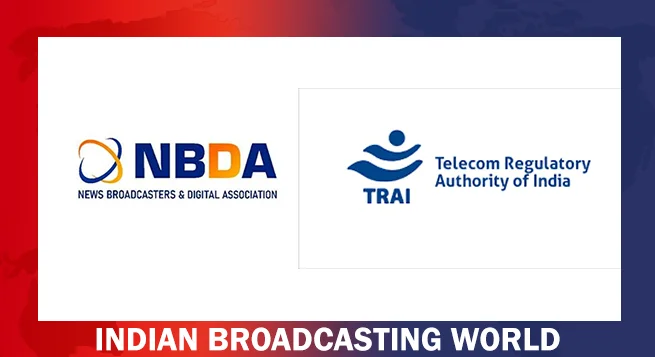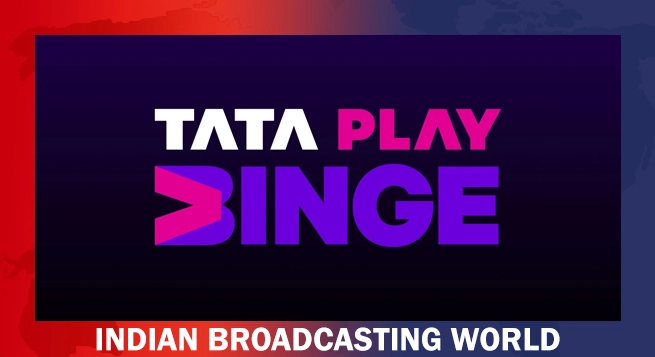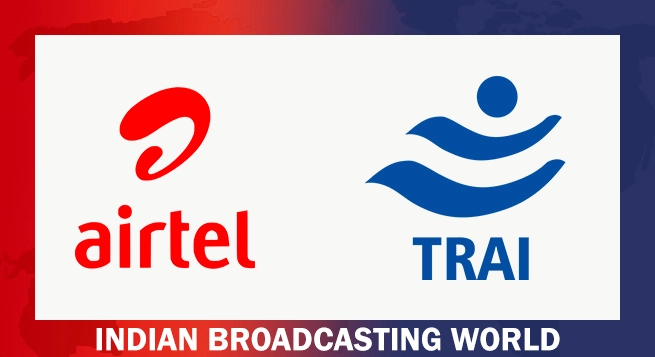The strongest memories are most effectively achieved through premium long-form TV advertising, both traditional and streaming, on the big screen, a new research by Comcast Advertising highlights.
Comcast Advertising’s latest report, TV Makes Memories, highlights how ads in a TV environment have the unique ability to drive recall for viewers. This study, produced in partnership with MediaScience, explores how different types of ad exposures drive engagement and impact memory.
The research uncovered that in the high-quality, long-form, full-screen TV environment, where visual attention is high, brands are more likely to be remembered, which influence consumers as they move towards purchase, Comcast Advertising said.
“Many of us know instinctively that TV ads are memorable. The jingle that gets stuck in your head, the commercials that make you laugh—all of this is the result of TV’s ability to imprint on your memory in a unique way,” said James Rooke, President, Comcast Advertising, in a statement.
“This research validates TV’s memorability, proving ads viewed in the long-form, lean-back TV environment have greater unaided recall and purchase intent versus the same ads shown in a short-form, small-screen digital mobile feed. Engagement is a metric that increasingly matters to our clients, and with this research, we’re showing how powerful TV and streaming are when it comes to building that engagement,” he added.
What are the factors that impact advertising memories and outcomes? Research suggests three factors of engagement are important for branding and driving outcomes: attention, emotion and repetition. Not surprisingly, these factors directly impact memory, an important factor in the consumers’ decision-making process.
Attention: Without attention there is no opportunity for recall. The viewing environment can have an impact on memory, including the access point, screen size and content; larger screens can enhance memory, and longer viewing duration is also tied to better recall.
Connection: The advertising message, including the type of message (branding vs. call to action), and the elements of the creative (music, actors, visuals, imagery, etc.) provide opportunities for advertisers to connect with viewers emotionally to facilitate memory encoding.
Repetition: Users’ past exposure or lack thereof have an impact on memory with prior exposures strengthening recall; reaching consumers becomes important to form initial brand memories and reaching them subsequent times strengthens existing memory structures.
 TRAI revamps website to connect with wider audience
TRAI revamps website to connect with wider audience  Prime Video to limit in India number of TV sets having access per subscription
Prime Video to limit in India number of TV sets having access per subscription  Delhi HC orders meta to remove deepfake videos of Rajat Sharma
Delhi HC orders meta to remove deepfake videos of Rajat Sharma  Govt. blocked 18 OTT platforms for obscene content in 2024
Govt. blocked 18 OTT platforms for obscene content in 2024  Broadcasting industry resists inclusion under Telecom Act
Broadcasting industry resists inclusion under Telecom Act  DTH viewing going down & a hybrid ecosystem evolving: Dish TV CEO
DTH viewing going down & a hybrid ecosystem evolving: Dish TV CEO  Tata Play Binge brings Christmas movie lineup
Tata Play Binge brings Christmas movie lineup  ITG elevates Siddharth Zarabi to BT multiverse Editor
ITG elevates Siddharth Zarabi to BT multiverse Editor  Airtel leads subscriber growth with 1.93mn additions in October
Airtel leads subscriber growth with 1.93mn additions in October  ‘Border 2’ begins filming
‘Border 2’ begins filming  Asianet announces festive programming for Christmas 2024
Asianet announces festive programming for Christmas 2024 








